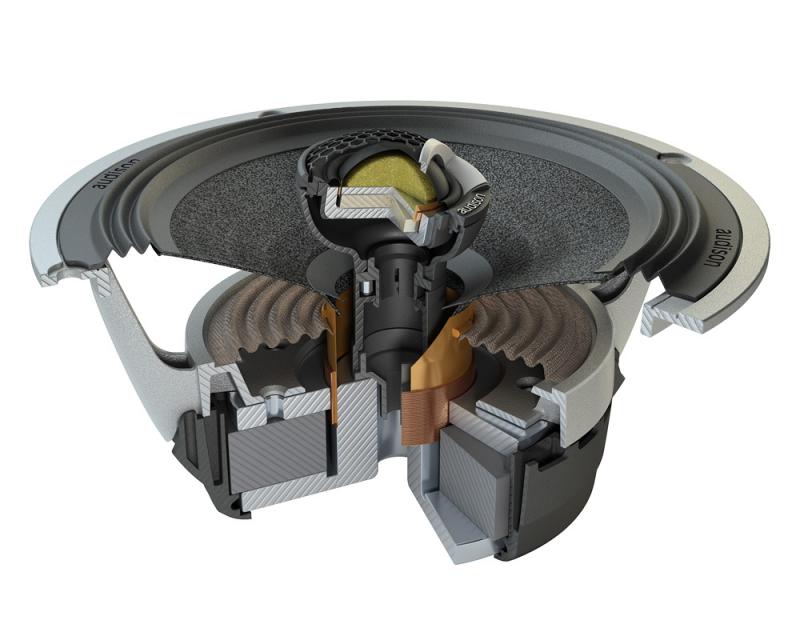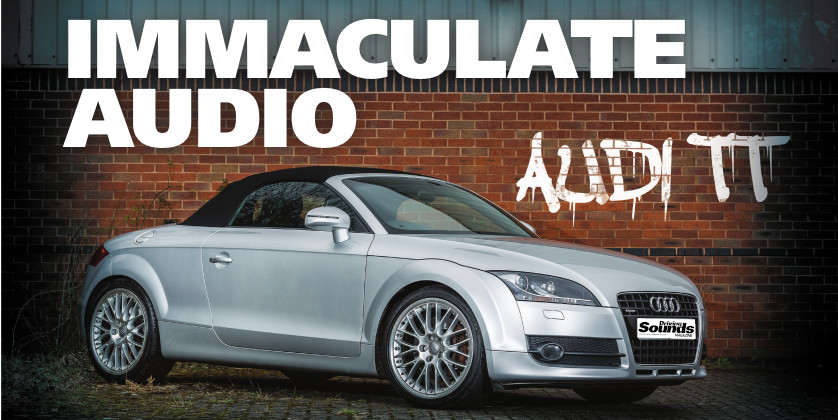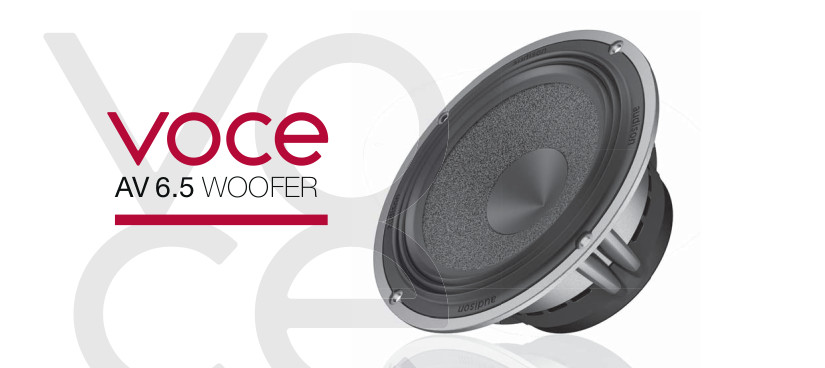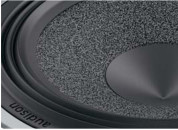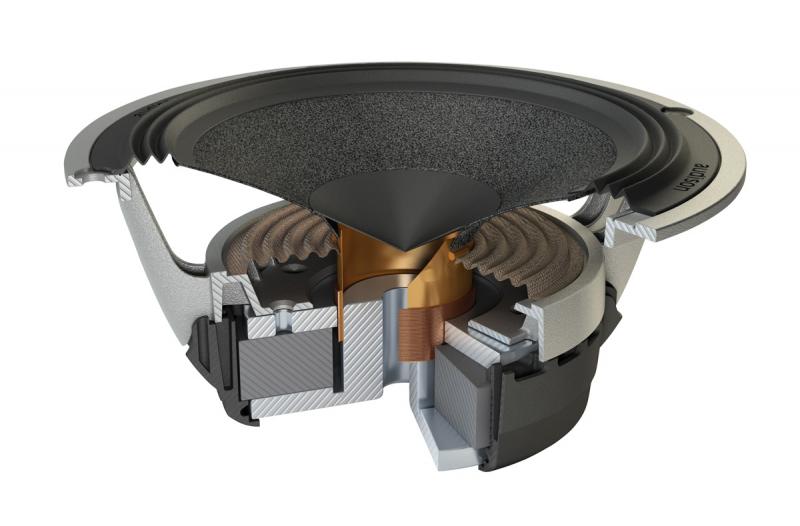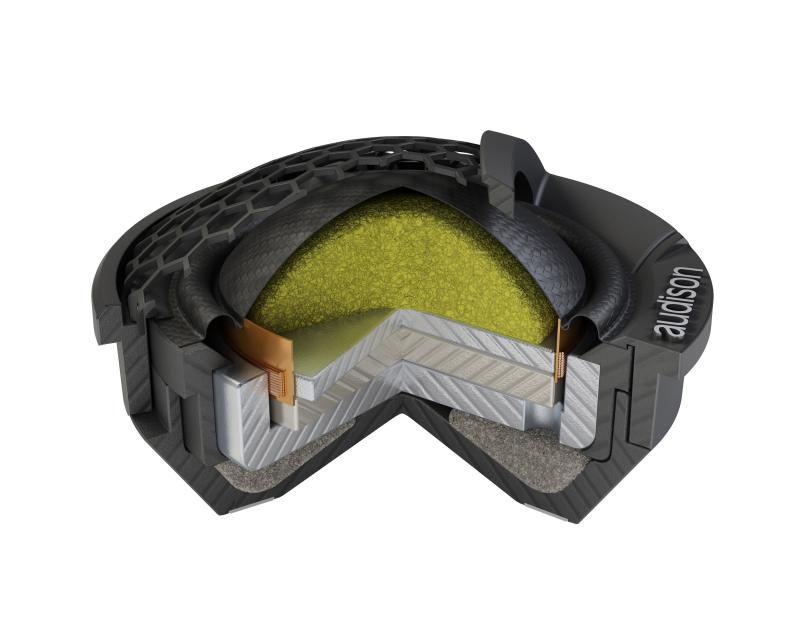Colla Voce! – Audison Voce Speakers
Audison Voce Car speakers have been with us since their launch in 2010. It is practically unprecedented for a line of speakers to exist for so long without update or “reinvention”.
The original press material from Audison stated that the Voce had been developed specifically to take technologies developed for the more expensive Thesis line to a larger market. I remember being somewhat sceptical at first. My scepticism was born out of the market pricing for the product. We had been told to expect fabulous, linear performance across the range. Heightened dynamics compared to many other speakers on the market, ultra-low distortion and reference performance. Yet the introduction price was at the lower mid-range of speakers available at that time.
My first in-car experience of Voce was in the vehicle above. It completely changed our editorial approach to car audio reviews. So dramatic was its impact on me, that it quickly became the benchmark for my in-car musings. The resulting review is available for free download here: https://www.drivingsounds.co.uk/articles/archive/issue-3/immaculate-audio. I could not believe what I was hearing. The level of detail in recordings well known to me was astonishing and everything claimed in the press release turned out to be easily recognisable.
In Technology terms, huge performance gains were won, beginning with the basket design. An area often overlooked when building budget speakers, this is definitely not the case here. A basket (effectively the chassis of the speaker) needs to be very rigid. A speaker cone creates as much air movement for its rear as it does from its front. It is important that the air issued from the rear of the cone is able to escape efficiently and that none of it is reflected back to the cone. Audison designed the basket with four pairs of aerodynamically shaped “spokes” to assist with this. The basket is formed from die-cast aluminium. This not only provides the rigidity required but also minimises undesirable resonance that could colour or flavour the final sound.
Cone material for Voce woofers is made from cotton impregnated pressed paper, offering a mix of rigidity with lightweight therefore, responsive result. A textured Cone finish helps disperse the sound and discourage any surface resonance. The cones are attached to the chassis by a triple-wave butyl rubber surround. This facilitates linearity even under high excursion impulses.
The theme of lightweight rigidity is continued in the motor assembly. The voice coil is made from copper coated aluminium. This is adhered to a Caption former. Kapton is a space-age material from the 70’s. It is easy to form into a cylindrical shape and remains stable at very high temperatures. Kapton is the stuff used for flat ribbon wiring in all sorts of electronic equipment.
Temperature control is always a major issue with high-powered speakers as high energy impulses heat the voice coil to very high temperatures. Audison have designed an array of radial vents and a central decompression vent that move air from the rear of the cone over the voice coils and then away to keep them cool.
The motor movement is hooked up to the cone with a Nomex spider. Again this has ultra lightweight properties to help with linearity and transient response.
Tweeters use a mixture of silk and cotton for their cones (Tetolon) offering the performance and roundness of silk with the durability of cotton. An anti-resonance chamber removes all backwaves and a damping foam helps to further prevent disturbance from air flow.
Even now a 2-way Voce Component system such as the Audison Voce AV K6 carries a winning performance to pound ration which needs to be experienced to be believed.
Head along to your local FOUR MASTER and ask for a demonstration. If like me, you like to hear incredible detail without any sense of distortion or harshness, you won’t the disappointed!



